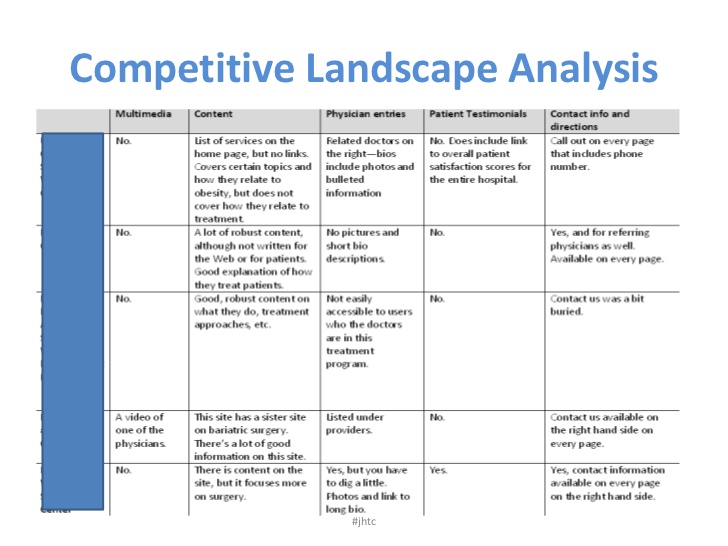Nearly every product category nowadays faces very stiff competition. This intense rivalry creates challenges for those retailers and ecommerce sellers striving to attract buyers and drive their sales. Succeeding in a crowded marketplace requires using proven strategies to make your brand and offerings stand out from the rest.
Understanding the Competitive Landscape
Start by analyzing competitors to understand the landscape. Identify direct competitors selling very similar products as well as alternatives that meet the same consumer needs as yours. Search for these brands and items on major platforms like Amazon and eBay to assess their positioning.
Look at factors like pricing, product assortment, ratings, and reviews. How optimized are their listings and product copy? Do they invest in advertising and other marketing? Identifying these key data points provides good insight into competitor strategy.
Monitoring best-seller lists, browsing related products, and using different ecommerce tools provides additional intelligence. The goal is to determine what offerings and tactics perform best in the space. This information informs decisions about your own catalog, pricing, promotions, and more.
Optimizing Your Ecommerce Product Listings
With competitor knowledge in hand, ensuring your own product listings stand out is crucial. Compelling titles, descriptive copy, eye-catching images and video are table stakes. Ensure key features, benefits, specifications and other selling points are highlighted.
The experts at Ecomsellertools recommend leveraging tools like product listing optimization services to refine listings. Experts evaluate pages against competitors and best practices. Recommendations typically include better keywords, optimized conversions paths and enhanced visual media.
Ecommerce platforms like Shopify and Amazon offer robust analytics on listing views and conversions. Use data to identify poorly performing pages and diagnose why. Perhaps the copy is flat or competitors rank higher in certain keywords. Let data guide refinements.
Promotions and Pricing Strategies
Promotions and sales deserve special focus when battling competitors. Discounted pricing and special offers capture buyer attention, especially for commoditized products. Consider promotions both for new customer acquisition and rewarding loyal customers.
That said, avoid unsustainable price wars that ravage margins. Promotions should strike a balance between new customer attraction and profitability. If competitors routinely undercut pricing, differentiating on other factors like quality and service may be the better path.
Limited time sales create urgency and incentive to buy now versus later. Bundling complementary products also boosts order values. Free shipping, loyalty rewards and referral programs are other options for sweetening promotions.
Advertising and Outreach Campaigns
Paid advertising provides another route to compete against established brands. Platforms like Google, Facebook and Amazon offer options for highly targeted ads based on buyer demographics, interests and search terms.
Retargeting ads that follow site visitors after they leave can bring users back to purchase. Social media ads focused on brand engagement offer another avenue. PR outreach to relevant publications and influencers can further increase visibility.
The most effective ads directly respond to proven competitor strategies and preferred platforms. Let competitor analysis and metrics guide your paid advertising approach. Consistent testing and optimization is key to cost efficient scaling.
Conclusion
Competing in today’s crowded ecommerce landscape requires determination, flexibility, and a competitive mindset. Thoroughly analyzing competitors and marketplace dynamics means sellers can make informed decisions about product offerings, listing optimization, pricing, promotions and advertising.
Consistently monitor performance indicators and be ready to test new strategies as the competitive environment evolves. Leverage available analytics and optimization services to maximize listings and campaigns. With the right combination of marketplace knowledge, competitive pricing, targeted marketing and unwavering commitment, new brands can carve out a profitable niche even against established players. Though challenging, embracing competition as motivation will ultimately breed smarter strategy and stronger execution.










